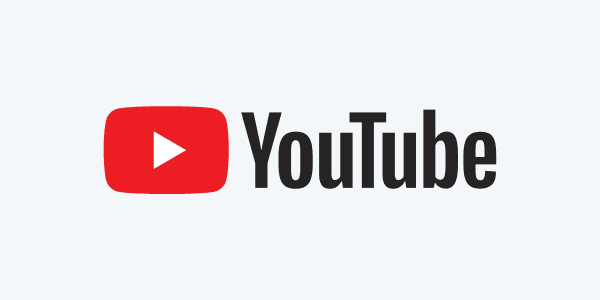YouTube introduces a new feature that allows content creators to block unwanted ad categories directly in YouTube Studio. With this channel-level ad blocking, creators can exclude ads that do not align with their content or audience, such as ads for alcohol or gambling. This provides creators with greater flexibility and control to protect their brand experience without having to work through AdSense.
What does channel-level ad blocking entail?
With the channel-level ad blocking, creators can easily exclude ad types to better align with their audience. This feature is available for channels that are enabled for monetization, and creators can find the settings under the Settings tab in YouTube Studio. By moving this functionality to YouTube Studio, YouTube makes it more accessible and easier for creators to manage ads.
More autonomy for creators and advertisers
The introduction of channel-level ad blocking enhances brand safety for both creators and advertisers. Creators can exclude unwanted ads, resulting in a better viewer experience and a stronger brand identity. For advertisers, this means a more targeted reach in a brand-safe environment. However, this may lead to fewer available ad placements, potentially increasing competition and advertising costs.
Influence on advertising revenue and placements
Although this feature provides creators with more control, blocking ad categories can lead to a decrease in revenue. By reducing the number of potential advertisers, fewer ads may be displayed, which can impact advertising income. For creators who are heavily reliant on ads, this can be a significant consideration.
Finding the right balance between brand safety and revenue
This new option offers a valuable opportunity to better align advertisements with the target audience and strengthen brand identity. However, creators should carefully consider which ad categories to block in order to find a healthy balance between revenue and brand adaptation. The feature, which will be available at the end of this week, marks a step forward in the autonomy of creators and their ability to provide a personalized viewer experience.

